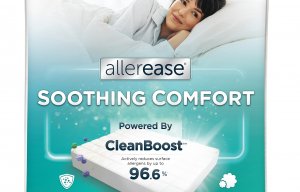
Allergen-free bedding for North America
Laboratory tests concluded by the Hohenstein Institute, Germany, have revealed that a new Wellmed dust mite protection mattress can help those suffering from household allergies. “For the first time ever, this offers the hope of a good night's sleep for around 5 million people suffering from a house dust allergy in Germany – completely without side effects,” the Institute revealed.
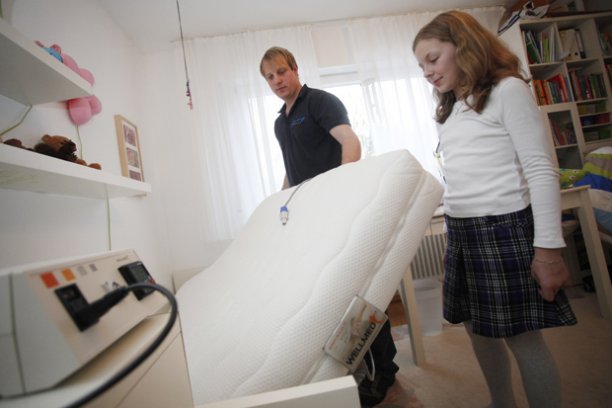
22nd May 2013
Innovation in Textiles
|
Boennigheim
Laboratory tests concluded by the Hohenstein Institute, Germany, have revealed that a new Wellmed dust mite protection mattress can help those suffering from household allergies. “For the first time ever, this offers the hope of a good night's sleep for around 5 million people suffering from a house dust allergy in Germany – completely without side effects,” the Institute revealed.
Integrated textile heating elements allowed the test mattresses to be heated to 55 °C (131 °F) three times a week in order to eradicate the existing mites that are most likely to be found in bedding because of their need for moisture to survive.
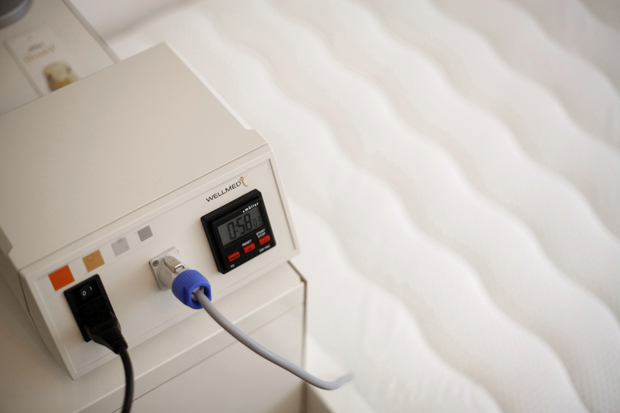
Professor Dirk Höfer, the inventor of the dust mite protection mattress, believes the permanent effect of the technique has been proven: “The average useful life of a mattress is 10 years. We used the results of the field study to project the allergen exposure for this time period. Even then, it will not reach the sensitization threshold for the patients.”
A group of 20 house dust allergy sufferers received new Wellmed mattresses in 2011, supplied by the Institute and the bedding retailer Gailing in Ludwigsburg. Throughout the testing period half of mattresses were heated using the new technique. An objective of the study was the amount of allergenic dust mite faeces found in the mattresses and examined by Dirk Höfer and his team.
The first check already showed the difference between the two groups, revealing minimal traces of allergic dust mite faeces in the test group as compared to the placebo group.
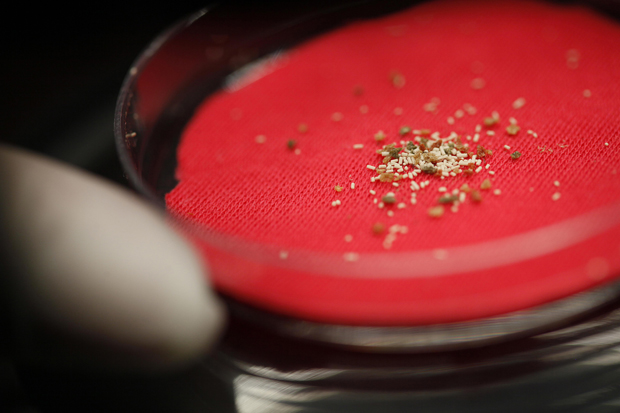
The same tendency was observed after 24 months, with 28 times more allergens found in the placebo group.
“In absolute terms, the allergen content for the users of the periodically heated special mattresses had increased only marginally during this period, proving that dust mites had been unable to settle permanently.”
The test sleepers were also found to have “enjoyed lasting improvement of their allergy problems”.
In UK by 2011 it was estimated that more than 12 million people were suffering from an ‘allergy to their own home’, according to the UK Allergy national charity report.
The report showed that more than half of respondents suffered from house dust mites and 58.9% of allergy sufferers found their symptoms were worse in the bedroom.
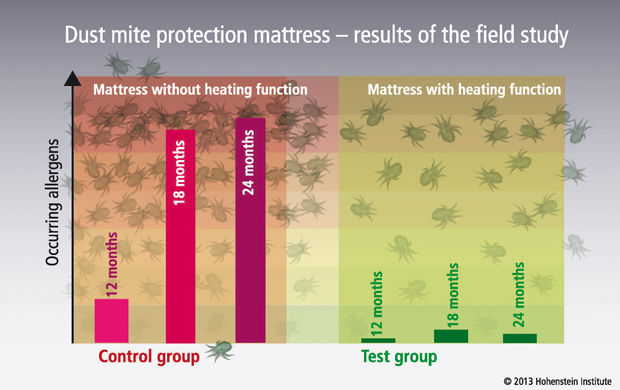
Household allergies that may lead to asthma symptoms are difficult to control.
Highlighting the problem area in the controlling measures for the mattresses that are usually recommended to be changed after 8-10 years, Hohenstein Institute commented: “…the options were previously limited to chemical substances or tightly sealed and therefore not very breathable mattress covers. Both are certainly not good starting points for a restful night's sleep.”
A special power adapter produced by the German company Rist Transformatorenbau GmbH ensures that the electronic smog does not create any health problems to the mattress users and textile heating elements from Roma-Strickstoff-Fabrik Rolf Mayer with low-voltage power also guarantee that no electric shock and no interfering electrical fields are created.

Business intelligence for the fibre, textiles and apparel industries: technologies, innovations, markets, investments, trade policy, sourcing, strategy...
Find out more